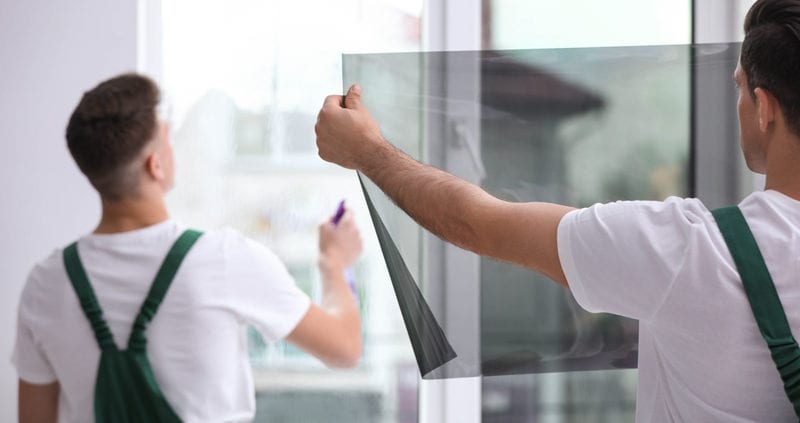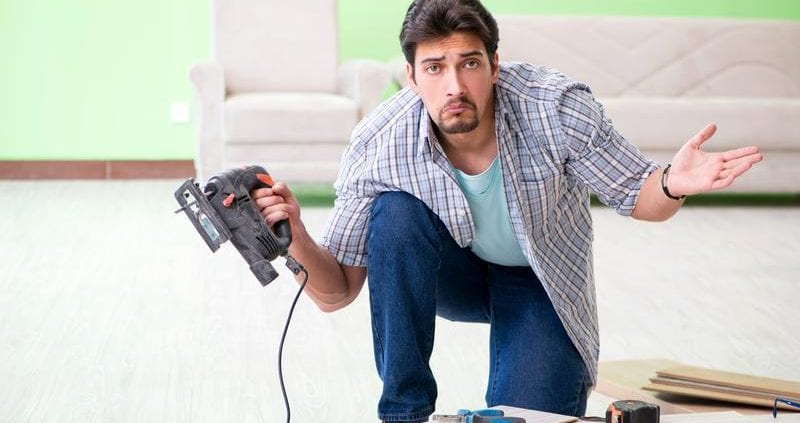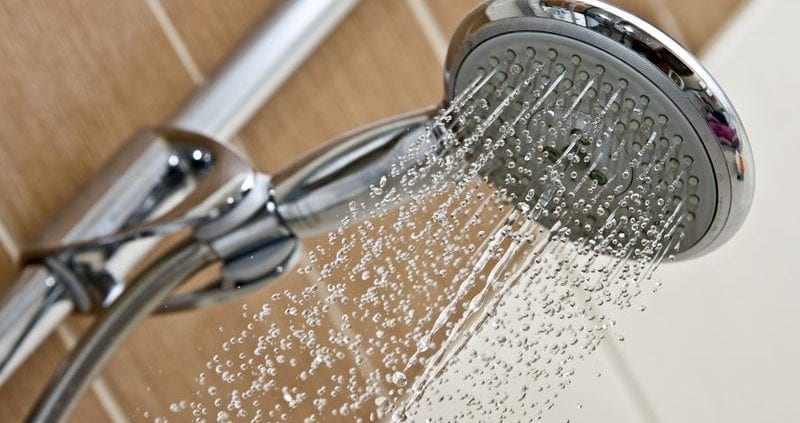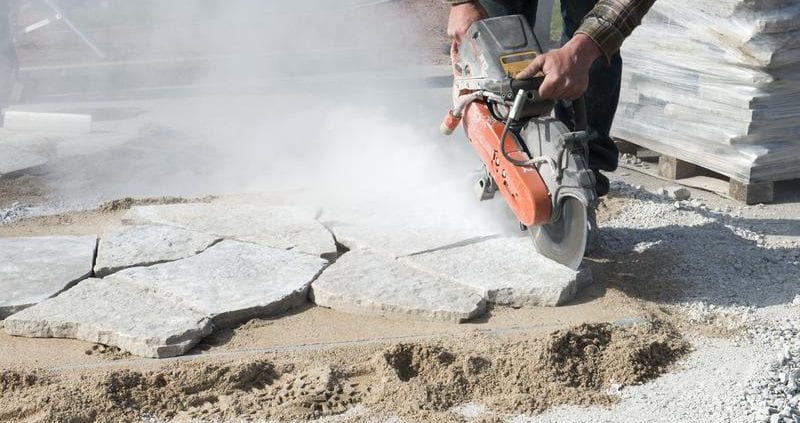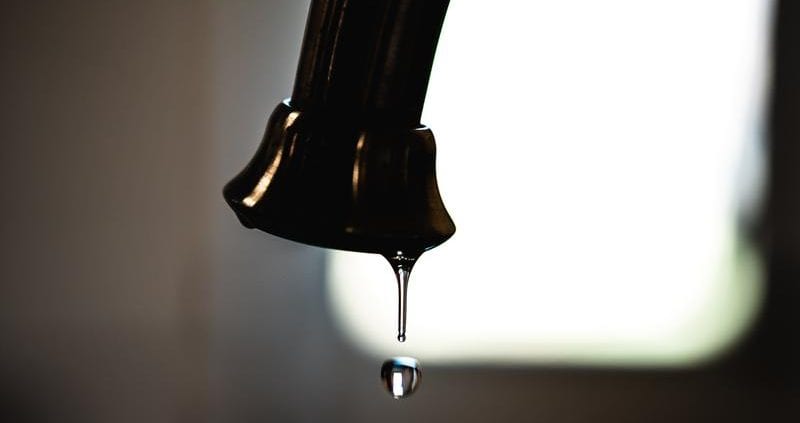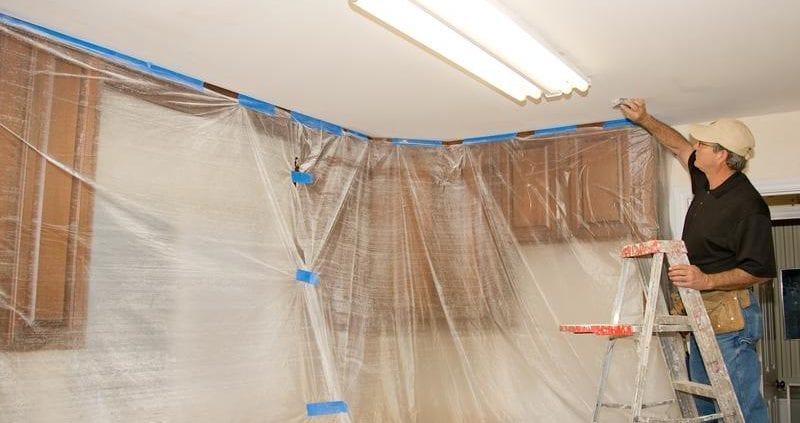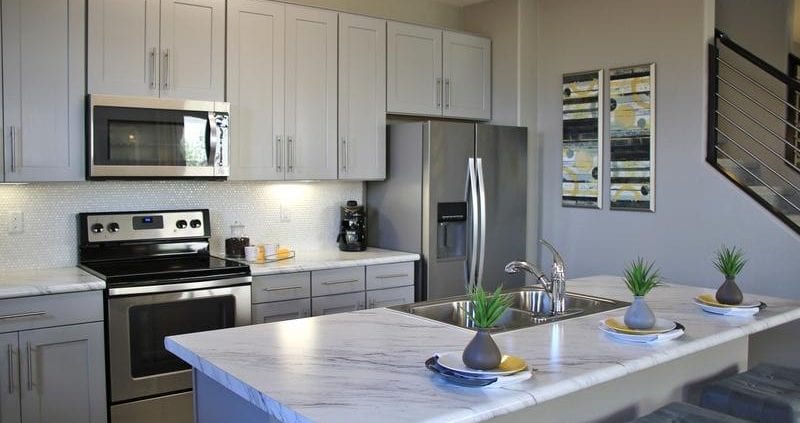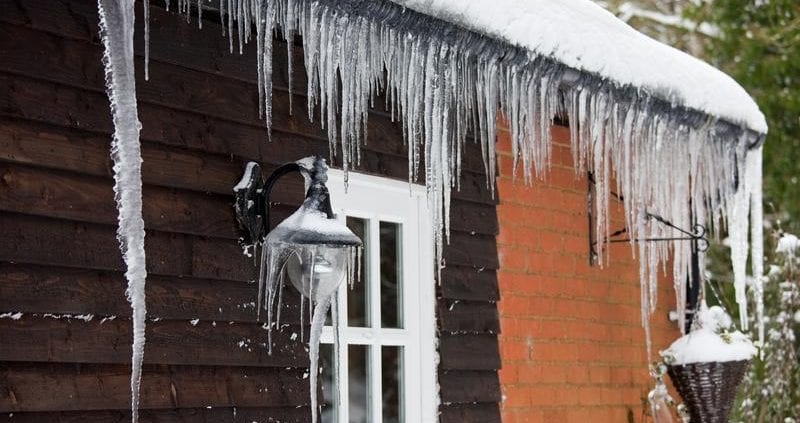With all the extra time you’ve been spending at home, you’ve likely had one or two things brought to your attention that needed fixing. And, since you probably had a lot more time on your hands at home than normal, those projects may have even gotten done. Still, the list of home fixes that need doing is virtually never-ending. Some of them are incredibly simple, yet may very well have been things you didn’t even know you needed to do.
Concrete Patches
If you’ve lived in your house for a long time, or if the house has just been around for a while, you may have noticed that the concrete surfaces of your driveway and sidewalks have become cracked. The issue with cracks in concrete is that they tend to grow, especially during winter conditions. Florida isn’t prone to getting snow or freezing conditions, which is what can really accelerate cracks in concrete, but getting water in them can still cause them to grow larger. You can address cracks in your concrete by using concrete patches to fill them. If you catch the cracks before they grow too big, using concrete patches to repair your concrete surfaces is something you can handle on your own.
Window Tinting
Have you ever walked into a brightly lit living room and found yourself squinting because of the natural sunlight pouring in? It’s not comfortable, but of greater concern is the damage that the sun could also be doing to your furniture and carpets. Sun tends to have a bleaching effect on a variety of surfaces, including those in your home. Window tinting can protect your furniture and carpets from fading. It works by absorbing and reflecting the sun’s UV rays. In addition to protecting your belongings from fading, window tinting can also give you a boost in energy savings by helping you regulate your indoor temperature better. It’s pretty simple to install yourself as well. Make sure the glass surface where you’re applying the film is clean. Cut it so it is the right size for your window and remove the adhesive backing. Apply it to the window starting from the top and working your way down. Remove trapped air bubbles as you go and let the film cure. Make sure you follow the manufacturer’s directions for curing and installation for best results.
Spackling
Your home is bound to accumulate a collection of holes, dents, and scrapes over time. Whether you bump into the wall a little too hard with something a couple of times or have rambunctious kids running around, it’s kind of inevitable. While perfectly normal, those blemishes can cause problems if you decide you want to paint your walls. Painting works best on clean, smooth surfaces, so it’s important to address them before you get going. Fortunately, spackling can be an effective method of repair. Spackle is a putty that is designed to repair holes, small cracks, and other minor defects in the wood, drywall, and plaster surfaces. Spackling walls is fairly simple and leaves you with a surface that will be better for painting by the end of it.
Door Curtain
If you have glass on your doors, you’ve probably enjoyed the benefits of the extra natural light they let in, but may not be so keen on the lack of privacy or the drafts they can let in from time to time. Try adding curtains to your door to solve both those problems. If you still want to allow natural light in, choose curtains that are light and maybe even slightly transparent. They will still allow natural light to come through but will make it much more difficult for people to see into your home.
Soft Closing Cabinet Hinges
You’ve probably found yourself rushing around the kitchen at some point trying to get a meal prepped in time. Most often, all that rushing around is punctuated by the sound of slamming cabinet doors. If you’ve ever gotten tired of that sound, there is a solution. Soft closing cabinet hinges have hydraulics built into the hinge so that instead of banging closed, they close with a soft “thump” noise. Many of these are even self-closing, so they require very little work on your part. Installing soft closing cabinet hinges is easy enough to do yourself, given time, the materials, and simple tools. You may find yourself opening and closing the cabinets just to enjoy the lack of noise that comes with them.
Graphite on Your Locks
Locks and keys play an integral role in the safety and security of your home. When they are new, they usually work quite well in conjunction with one another, with the key sliding smoothly in and out of the keyhole. Over time, though, your lock or key may become worn and damaged to the point where you find them sticking from time to time instead. The solution for this is incredibly simple and a lot closer to hand than you might think. Graphite powder works quite well as a lubricant, thanks to the weak covalent bonds that allow the layers to slide past one another. If dust and dirt are the problem, graphite can be a good solution. Go over your lock with the graphite of a sharp pencil to help your key slide easily in and out of your lock again.
Ironing Your Hardwood
Hardwood has become a popular flooring option thanks to its ability to raise the value of a home. It looks nice and is relatively easy to keep clean. Unfortunately, it is also susceptible to dings and dents, just like your walls. You may think that you’ll have to resign yourself to either dealing with it or replacing the floorboard, but you’d be mistaken. As it turns out, ironing isn’t just for your clothes. It can fix small dents in your hardwood floors too. Wet the dent, place a damp towel over it, and iron over the blemish in a circular motion. You shouldn’t have a dent left by the time you’re done.
Some of the simple home fixes that your home could use may be things you’ve never thought of before. It’s easy to accept things as they currently are, especially if you don’t know any different. Now that you do though, you may find yourself wondering what else can be improved. Look at your home with a new perspective of home improvement projects and see what other things you can do to improve your experience living in your home.
Getting your house painted is a simple fix that can make a big difference in your home’s aesthetic. Let us take care of that for you! Contact us to get a free estimate!


